If you intend to start in the world of 3D printing or precision woodworking (I invented this ;-)), you need to have a caliper: Precision measuring tool.
There are at least 3 types of calipers:

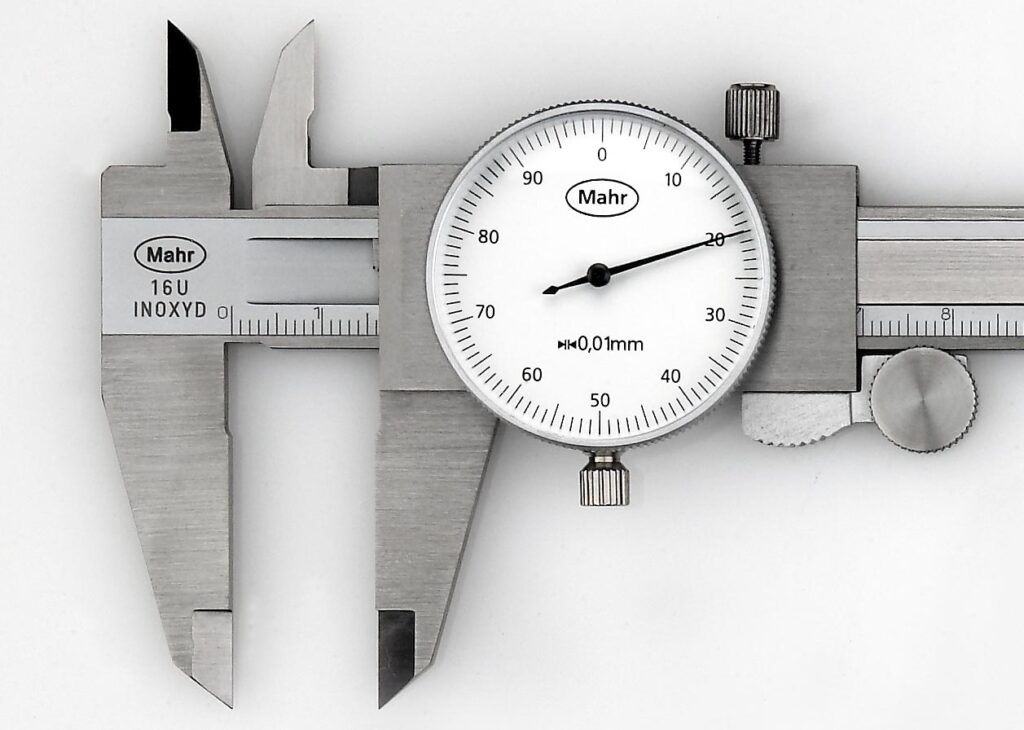

Features
All 3 types of calipers have the same basic features:
External Measurements
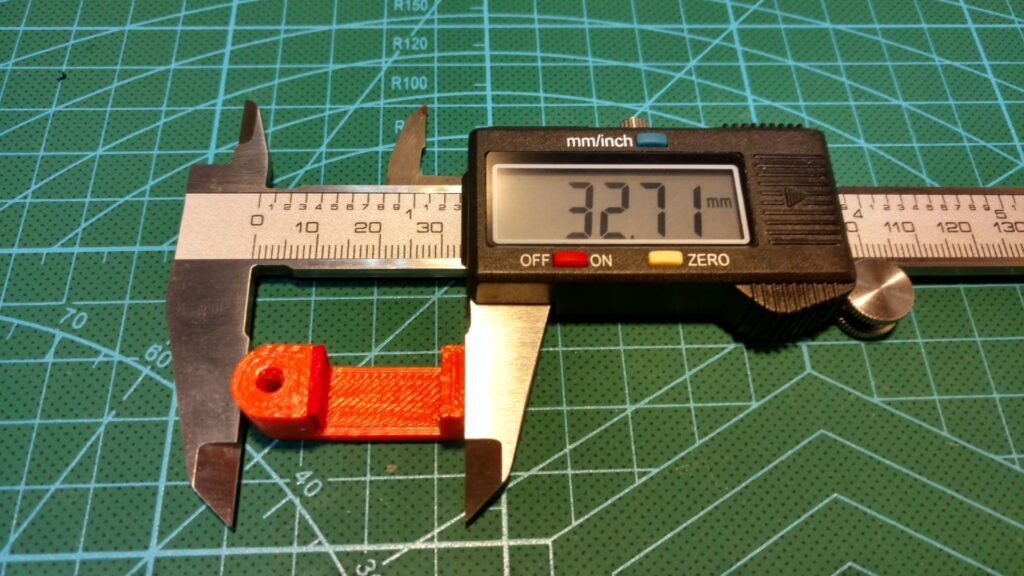
With the big jaws it is possible to take external measurements of an object.
Internal Measurements
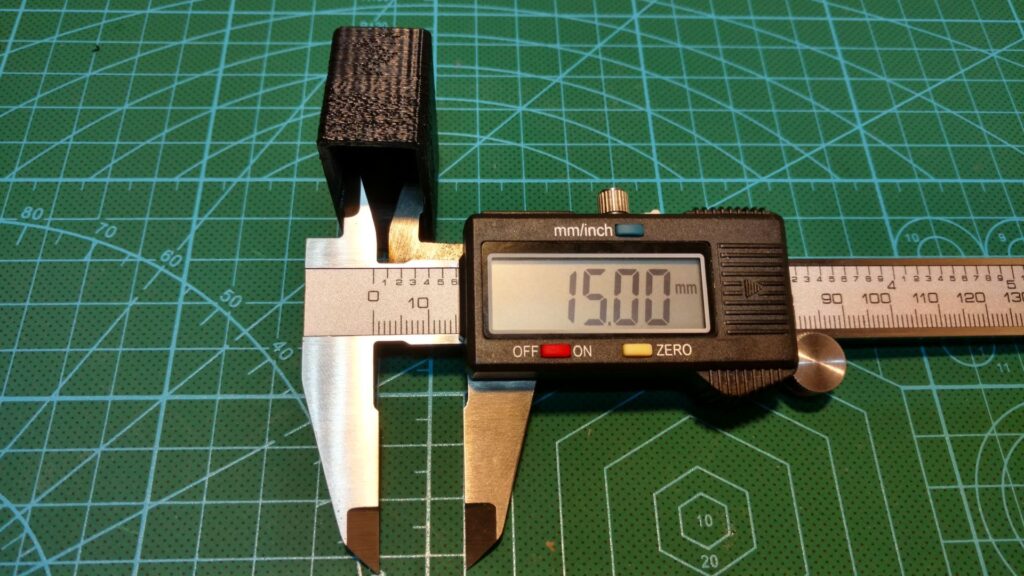
With the small jaws, it is possible to take internal measurements of an object.
Depth Measurements
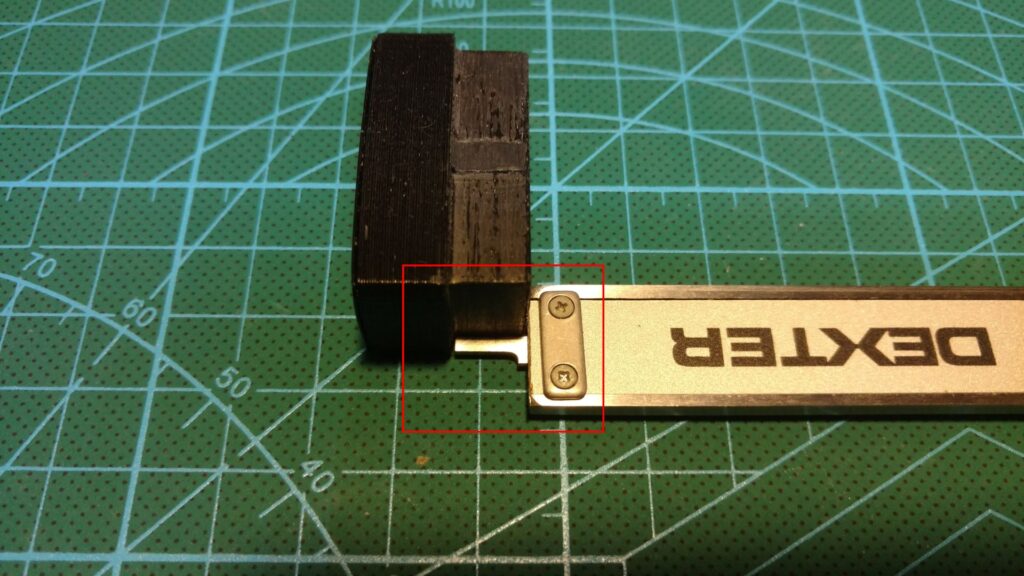
On the bottom of the ruler, there is a rod that moves outward when the jaws are adjusted. It can be used to measure depth of an object.
Moving Knob
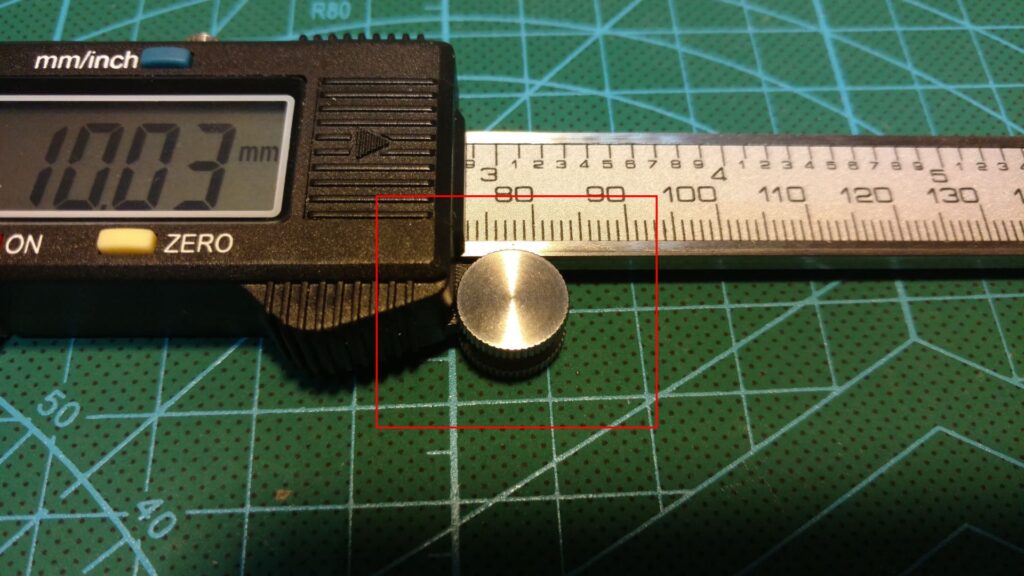
This device helps with precision by allowing the thumb to move the jaws very smoothly and slowly. However, it is not available on all models.
Locking Bolt
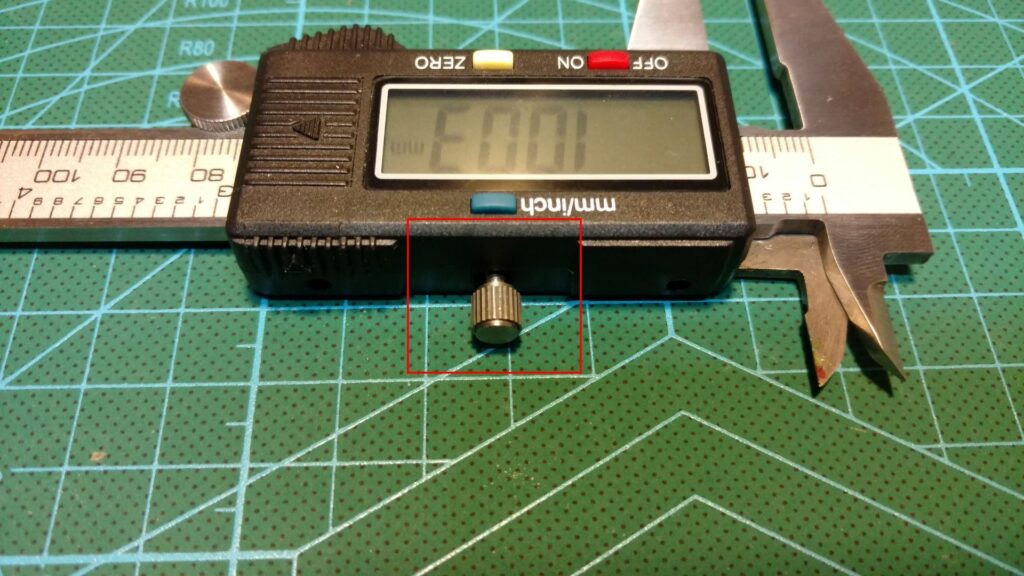
Once the measurement has been taken, the bolt can be turned until it secures the jaws in place so that it does not move. To release it, simply turn the bolt in the opposite direction.
Jaws as Markers
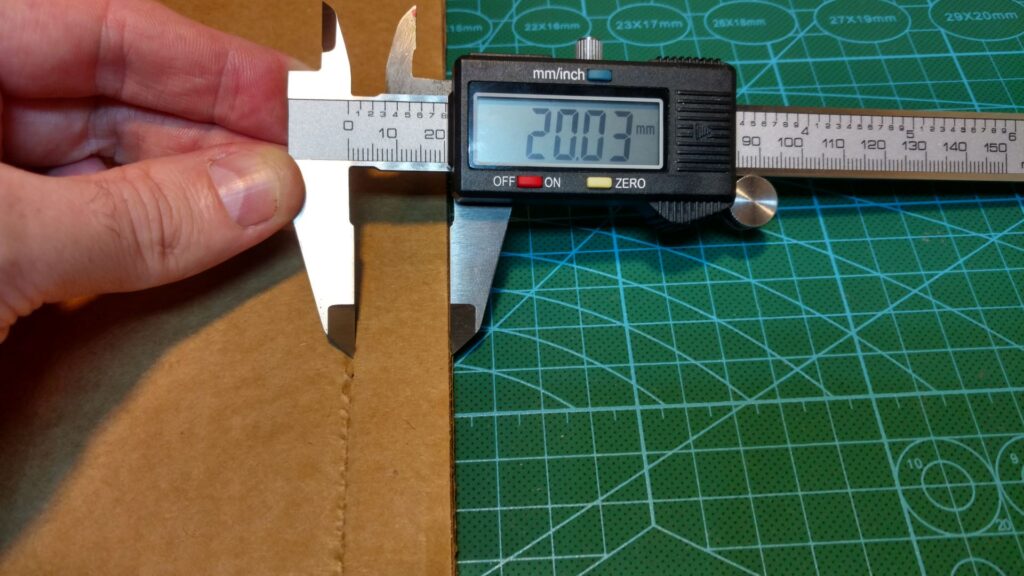
When fixing a dimension using the locking bolt, it is possible to use the external clamps as a marking device on the most diverse types of materials, replacing pens and markers (just make sure the materials are soft enough, otherwise you can damage the jaws tips).
All calipers have, at least, the ruler, sometimes in mm, sometimes in inches, and some with both measurement systems.
Measurement accuracy increases from manual to digital, therefore, I would not advise purchasing a 100% manual caliper, where you measure take the measurementa only by reading the markings on the ruler, which is especially inaccurate in fractions of mm / inches.
But between analog and digital, there are advantages and disadvantages:
Analog
Advantages:
- No need to worry about batteries.
- It’s unlikely to get broken (it’s an instrument for life).
Disadvantages:
- The millimeters (in the case of metric) are taken from the ruler, while the fractions are taken from the gauge.
- The accuracy is a little lower as it depends on the granularity of the gauge indicator.
- In general, it is made to 1 specific measurement system (metric or imperial).
Digital
Advantages:
- Accuracy is within hundredths of a millimeter.
- Easy to read the dimension, as the display shows the whole part and the decimal part at the same time.
- Switch between mm and inches (metric and imperial) at the touch of a button.
Disadvantages:
- It is necessary to change the battery quite frequently, depending on usage (if you don’t have a spare on right away, it can be annoying).
- It not uncommon for the battery to have poor contact, requiring frequent maintenance.
- It is an electronic device, so there is a non-zero chance of getting broken.
See here a short usage demonstration of a digital caliper:
Other Measurement Devices
It is important to remember that the caliper is not the only or the most accurate measuring tool.
There is the micrometer, for example, used to measure thicknesses at a granularity much smaller than a few fractions of a millimeter. For larger sizes, a large ruler or a measurement tape (fabric, plastic or metal), or even a laser measure device can be used.

